2017 Tata Hexa review, road test
Tata throws everything it can at its new flagship in the quest to go upmarket.
Published on Mar 30, 2017 08:00:00 AM
70,499 Views
Follow us on



Considering one of the Aria’s biggest failings was its design – specifically its MPV-like shape and dull styling – you can bet this has been a huge focus with the Hexa. There was no real way to escape the shape, which still looks a bit too ‘mono-volume’ and van-like, but a lot has been done to disguise it, thanks to what Tata calls its ‘Impact’ design language.
For one, the bonnet line has been raised and the grille made more upright, thanks to a new clamshell lid. The swept-back projector headlamps still remain but now appear further inset, which gives the sense that the bonnet is taller and longer (and thereby more SUV-like) than it actually is. The grille itself uses a nice, complex pattern, and there’s a second, wider honeycomb mesh on the lower air dam. It’s nice to see that Tata hasn’t succumbed to the trend of just throwing chrome at the front of the car (there’s only a thin band of it below the grille) and the gloss black finish looks rather classy. Finally, there are the fog lamp housings which have an aggressive shape and also hold a strip of daytime running lamps.
In profile is where it resembles the Aria the most. The glass house is virtually the same, as are the wing mirrors, but what’s new and really adds character are the grey cladding running along the base of the doors and the blacked-out pillars that give the impression of a ‘floating’ roof. There’s also a nice band of chrome along the base of the windows that kicks in a shark fin at the C-pillar with the word Hexa embossed on it. Then, of course, there are the superb, five-spoke, brushed metal, 19-inch alloy wheels. But while they look great in profile, they appear a tad sunken in under the swollen wheel arches; a wider track would have really helped the overall stance.
The rear is perhaps the Hexa’s weakest angle, what with its upright tailgate and square shapes. Yes, the old-school, Tata-signature ‘Christmas tree’ vertical tail-lamps are gone, and in their place are more contemporary horizontal units with LED elements, but they still don’t look all that interesting. Livening things up, though, are the thick chrome strip between them, and lower down, the rear bumper whose hexagonal exhaust tips and boomerang-shaped reflectors look quite butch.
This is a proper SUV, and you’ll know that from its body-on-frame chassis and the hike you’ll have to make to get into its cabin. The X2 platform is shared not just with the Aria but with the Safari Storme as well. This chassis may be stronger and lighter than the original Safari’s but the Hexa is far from featherweight; the fully loaded manual 4x4 version tips the scales at a hefty 2.3 tonne, and as you’ll see later, that has an impact on the way it drives. It does, however, get variable-rate dampers that work mechanically to alter the ride quality depending on the speed and surface.
The automatic version uses a six-speed torque-converter automatic gearbox designed by General Motors and is available only with two-wheel drive. The manual, a new six-speed unit, is Tata Motors’ very own G85 gearbox that debuted in the Storme Varicor 400 and is available with the on-demand four-wheel drive.
Copyright (c) Autocar India. All rights reserved.

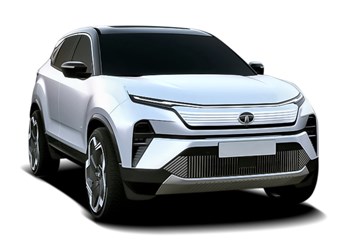
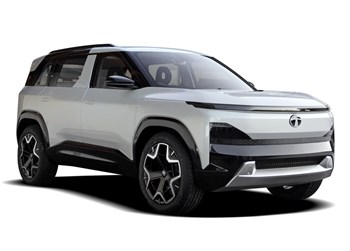
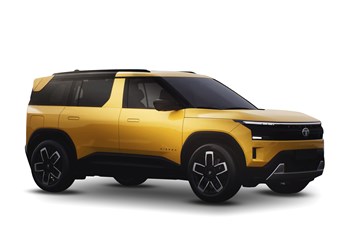
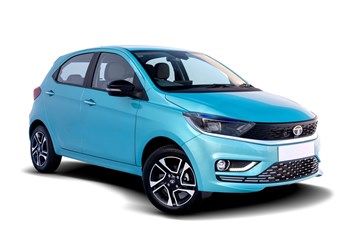
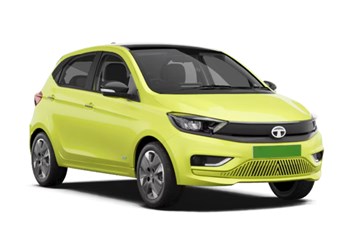
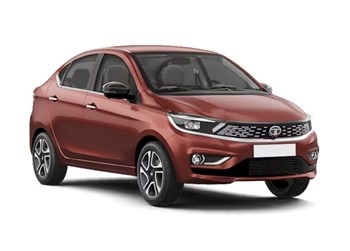
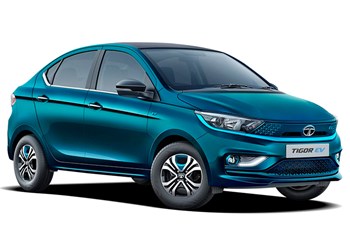
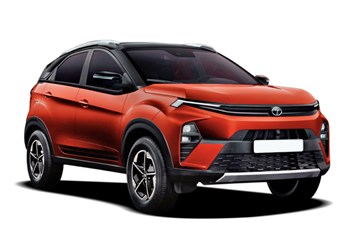
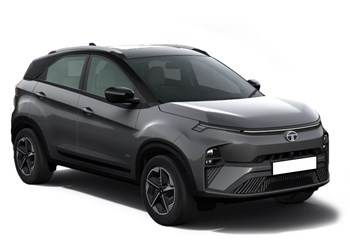
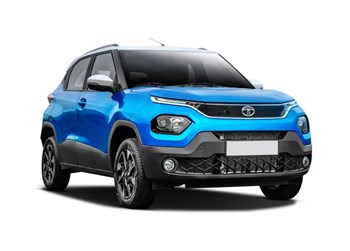
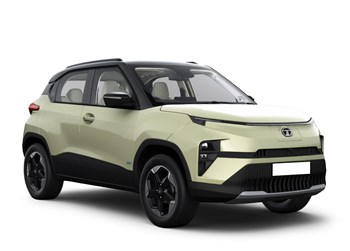
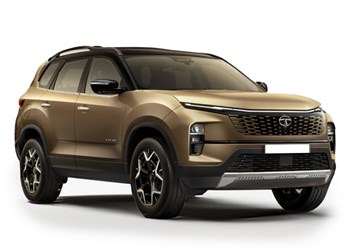
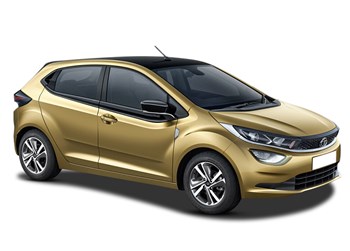
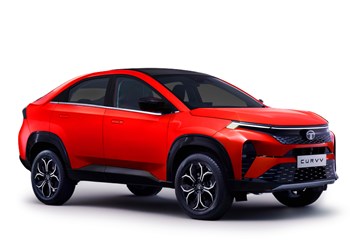
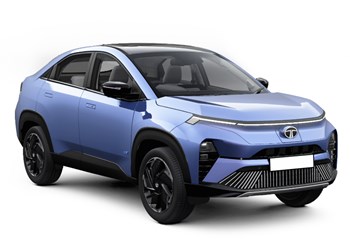
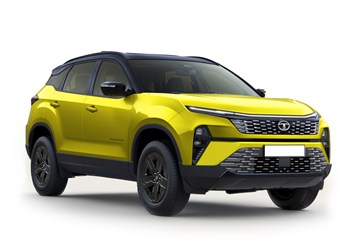
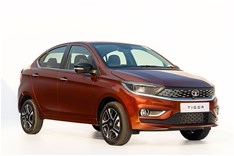
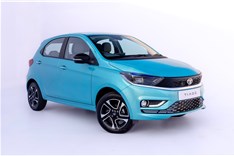
.jpg&w=234&h=156&q=90&c=1)

Comments
Member Login
Personal Details
No comments yet. Be the first to comment.